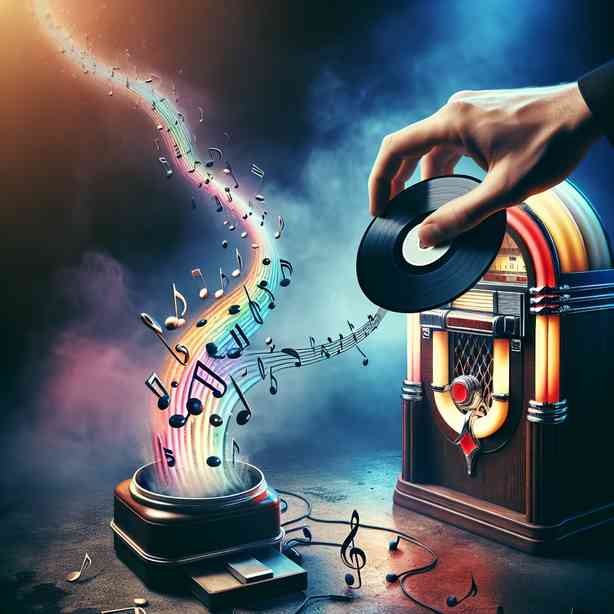
Music videos have been an integral part of the music industry for decades, serving as a visual representation of songs that often enhances the listener’s experience. When examining the relationship between music videos and the songs they accompany, it becomes evident that the visuals can profoundly alter the interpretation and emotional impact of the music. In this exploration, we will delve into how music videos can change the perception of the song, the storytelling elements they introduce, and the broader cultural implications they carry.
In the age of digital media, music videos have evolved from simplistic performance clips into complex visual narratives that can stand alone as art. This evolution has been driven by advancements in technology and changes in audience preferences. The early music videos were often straightforward, featuring artists engaging in performances of their songs. As production values increased and creative storytelling became the norm, artists realized the potential of music videos to add depth to their music.
One significant way that music videos alter a listener’s experience is through the introduction of imagery that correlates with or diverges from the song’s lyrics. For instance, an upbeat pop song about love might be paired with visuals of joyful couples, which can enhance the song’s feel-good vibes. On the other hand, a music video might take a darker or more surreal approach, using stark visuals to tell a completely different story that challenges the song’s lyrics. This juxtaposition can provoke thought and spark discussions about the song’s meaning, inviting viewers to analyze the layers of interpretation available to them.
A poignant example of this phenomenon can be found in the music video for “This Is America” by Childish Gambino. The song addresses complex issues surrounding gun violence and systemic racism in the United States, but the music video’s vivid and shocking imagery amplifies the seriousness of these themes. The video juxtaposes the celebratory nature of the music with scenes of chaos and violence, forcing the viewer to confront the reality behind the facade of entertainment. Such a powerful visual narrative can significantly impact how audiences interpret both the song and the social issues it reflects.
Moreover, music videos can introduce symbolism that alters listeners’ emotional responses. The choices in color palettes, camera angles, and props can all communicate unspoken narratives that enhance or contradict the music. For instance, a music video may use bright, vibrant colors to evoke feelings of nostalgia or happiness, while darker tones can convey sadness or fear. This layered approach enriches the storytelling experience and often leads viewers to develop a more nuanced understanding of the song’s message.
Cultural context also plays a critical role in how music videos can change the perception of a song. In many cultures, music videos serve as a mirror reflecting societal challenges, aspirations, and realities. As such, the storytelling within a music video doesn’t just belong to the artist and their song; it belongs to a wider society interpreting and engaging with the content. This communal engagement allows for diverse perspectives and discussions, further deepening the impact of both the music and its accompanying visuals.
Additionally, the rise of social media platforms has transformed how music videos are consumed and disseminated. Audiences can now engage with, share, and remix music videos, allowing for a more interactive experience. This access has birthed a new wave of creativity, where fans become co-creators by producing their interpretations. In this digital age, the dialogue between the artist and the audience has become more dynamic, as both groups influence each other’s understanding of the song and its visual representation.
In exploring the intersection of music and visuals, it’s essential to recognize the creative intentions behind music videos. Artists often collaborate with directors who bring their unique vision and style to the production, leading to a partnership that can elevate the overall impact of the song. This collaboration can make the music video a piece of art in its own right, independent from the song, while still being inseparably linked to it by theme and emotion.
Moreover, the choreography and performance often featured in music videos can change the dynamics of how a song is perceived. Dynamic dance routines can add excitement and energy, making the song feel more visceral and engaging. Fans may find themselves drawn to both the song and the visual performance, further solidifying their connection to the music.
In summary, music videos possess a remarkable ability to alter and enhance the listener’s interpretation of a song. Through compelling narratives, rich symbolism, and cultural context, they serve as vital tools for storytelling in the music industry. The evolution of music videos, supported by technology and the rise of social media, has allowed for a collaborative relationship between artists and audiences that deepens the connection to the music itself. As we continue to evolve in our ways of consuming media, the relationship between music and its visuals will undoubtedly grow more complex, further enriching the musical landscape and the emotional connections we forge with it.


